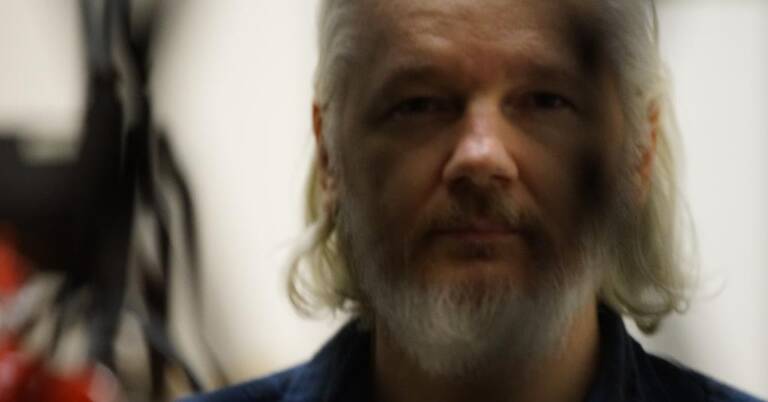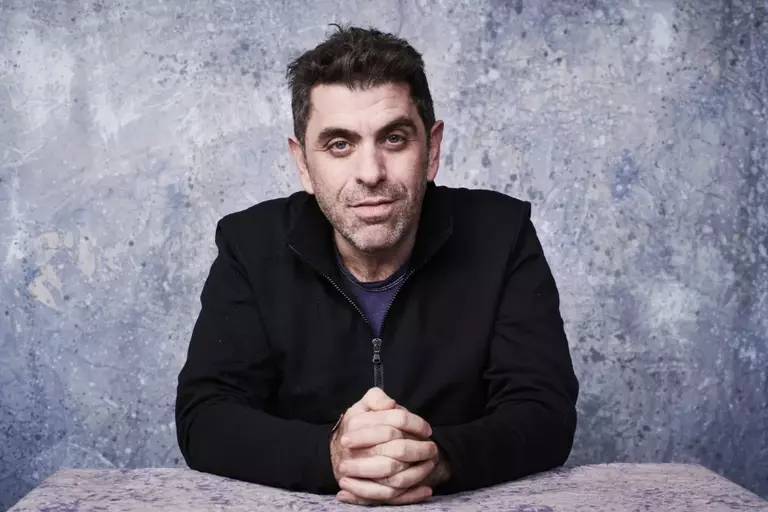
Cast: Blanche Madeleine Dumenil Duchesne, Annie Ernaux, Dominique Ernaux, Éric Ernaux
Review by Ben Thomas
The film is gorgeously meditative, drifting from beer festivals to Christmas present openings to holidays in nature and silence. The film isn’t always the easiest to follow, it takes very little time to plunge into the intricacies of family, geography and politics, but it has a depth to it that feels worthy of subsequent revisits. The Super 8 Years is a capsule of tenderness, distance and collapse.
The film covers a lot of ground, moving from France to Chile to Albania to Portugal (amongst others), and spans the 1970s and early 1980s. It is constructed by presenting the silent Super 8 images, overlaid with a voice over by Annie Ernaux and underlaid by a score that drifts in and out. The family, Annie Ernaux and then husband Phillippe Ernaux, and their two sons Éric and David, bought a Bell & Howell Super 8 camera with all the projection equipment in the winter of 1972. Annie speaks of the initial theatrical “happening” feel which the camera brought to family life, the happiness, but also the tinge of violence; the new sort of time torn from their lives: the ability to be able to see things twice. This tension plays out throughout the rest of the film, the role of the Super 8 camera in remembering and assembling the positive and the negative aspects of personal and political life.
The Super 8 Years is impressive in its breadth of footage. There is such a diverse range of moments, events, cities and landscapes captured in the film. Ordinarily, when you think of Super 8 cameras, you think of small and specific situations, which the film does include, but there is also ranging footage of different countries, festivals and natural environments. The political context is not dealt with in great depth, passing references are made to the Chilean leadership, Albania and Baader-Meinhof, but the film provides enough detail to encourage further exploration and research
The film is also interesting in regards to what is left out, or indeed what wasn’t filmed altogether. The presence, and then scarcity, of faces and bodies. Revelations in the second half of the film make apparent the distance and the gaps in the filmmaking: the fragmentary nature of all autobiographies. There is a real honesty and vulnerability to the thoughts and self-reflections provided. Annie muses about her relationship with her husband, the changing nature of her children, their ignorance toward the future, her responsibility to the past and what small amount they captured of it. Multiple watches are required to distil all that is shared in the film.
The Super 8 years is a sober retrospective on a disintegrating family life, akin to visual diary
entries, that weaves a thoughtful narrative from diverse and increasingly disparate reels of Super 8 camera film. It is a piece of work that addresses what it is we choose to film and how we choose to film it, and how this changes depending on the state of our relationships to the people and places around us. As the filmmaker herself states, there is an underlying violence to what is presented on screen. Family life can be complicated, the growing distance can be unbearable, sometimes all that’s left to do is to mine the memories.






